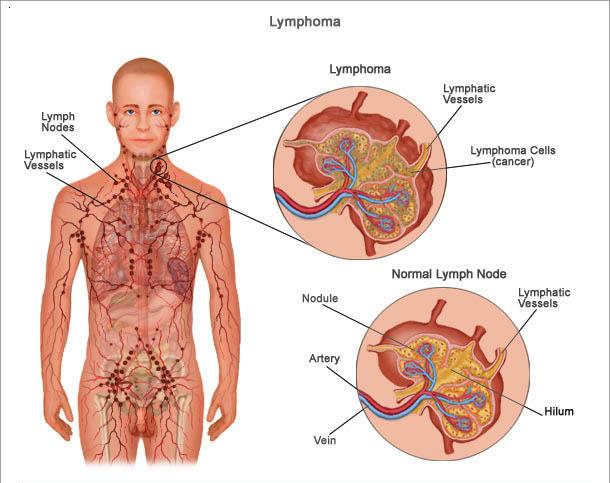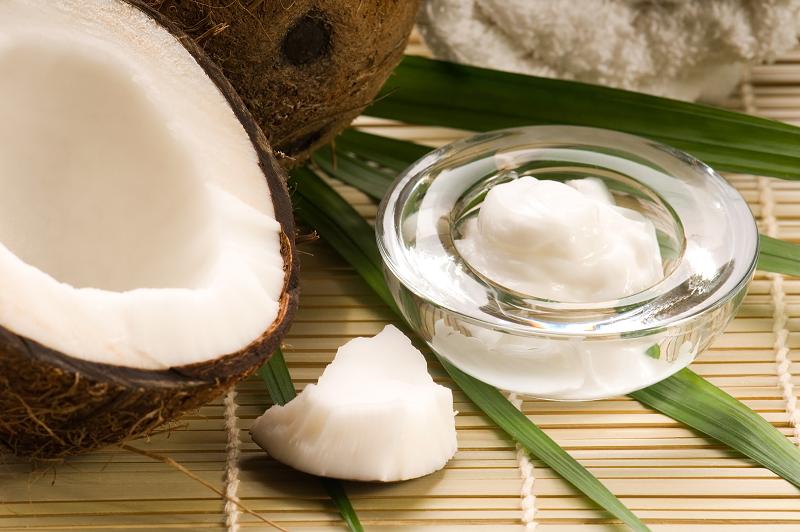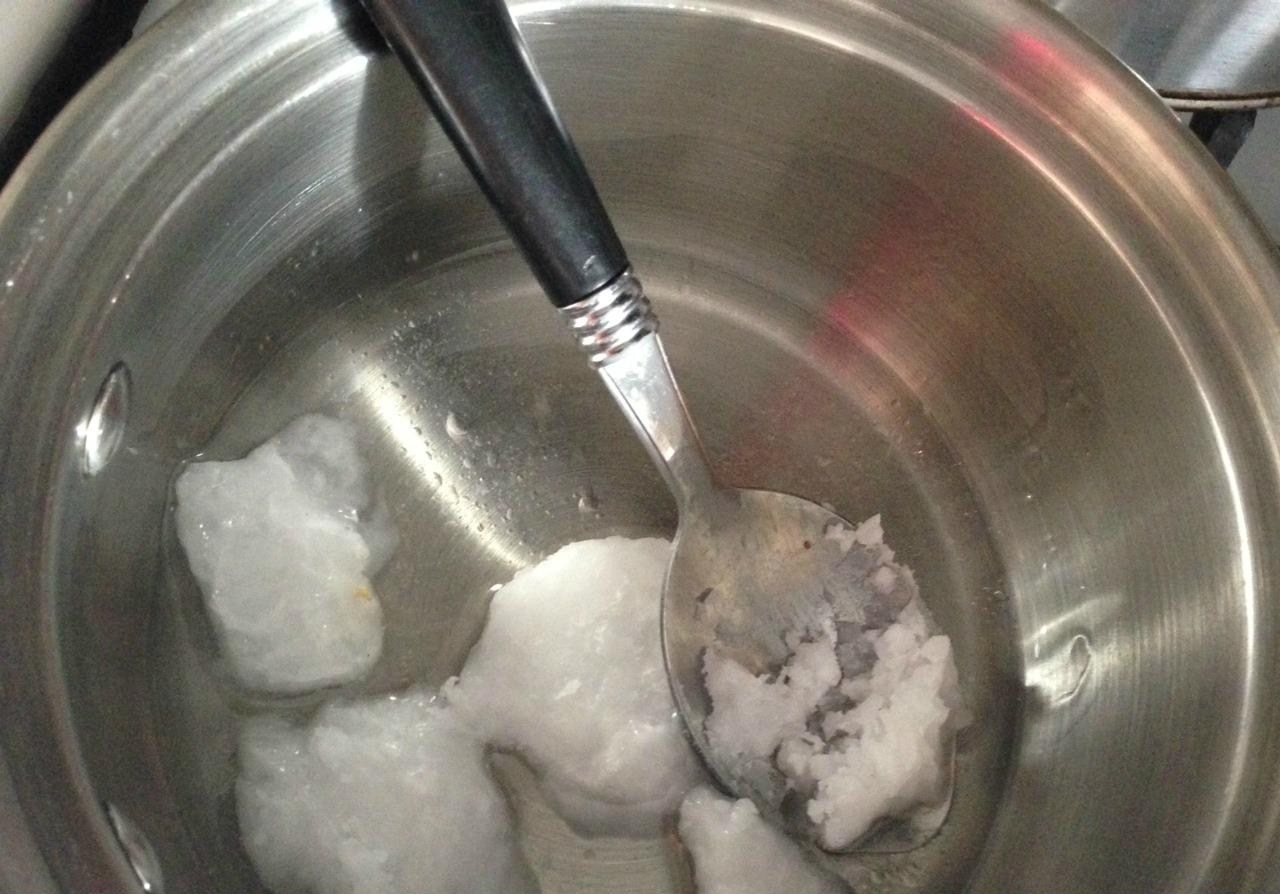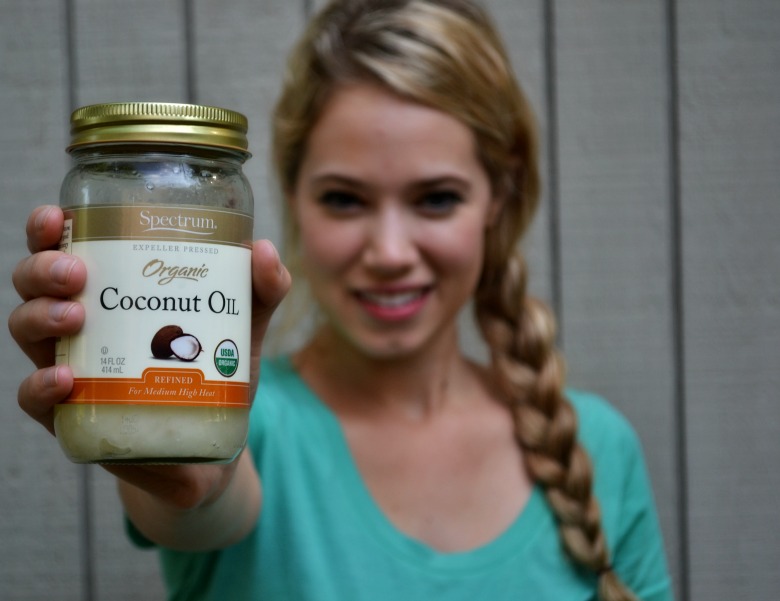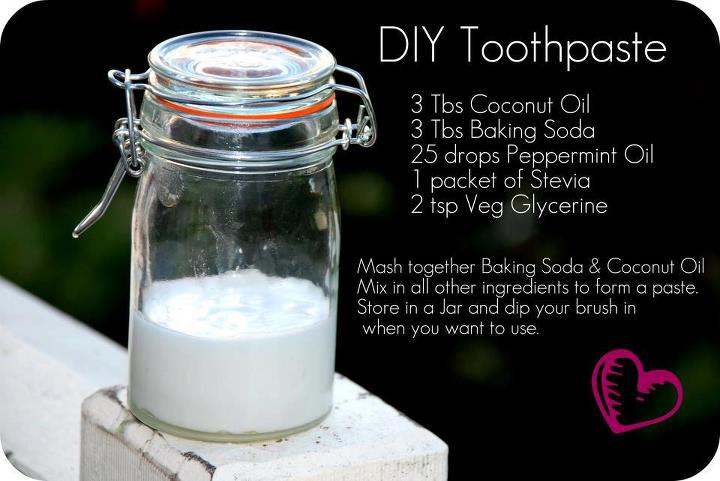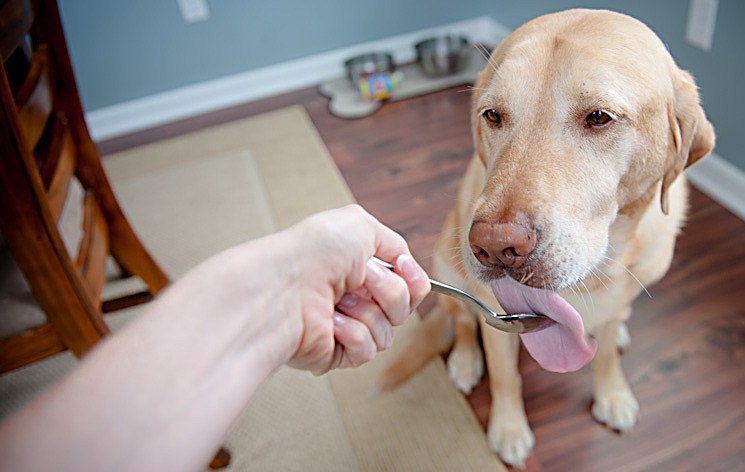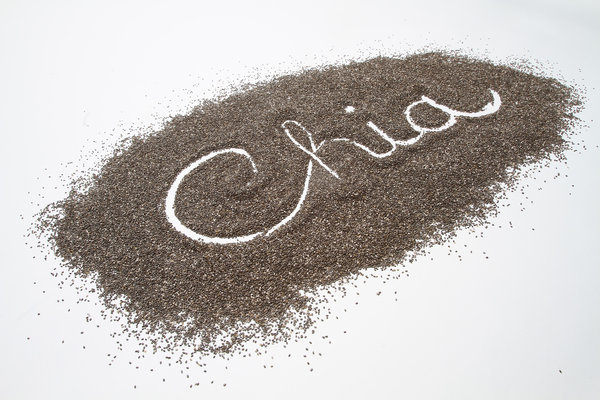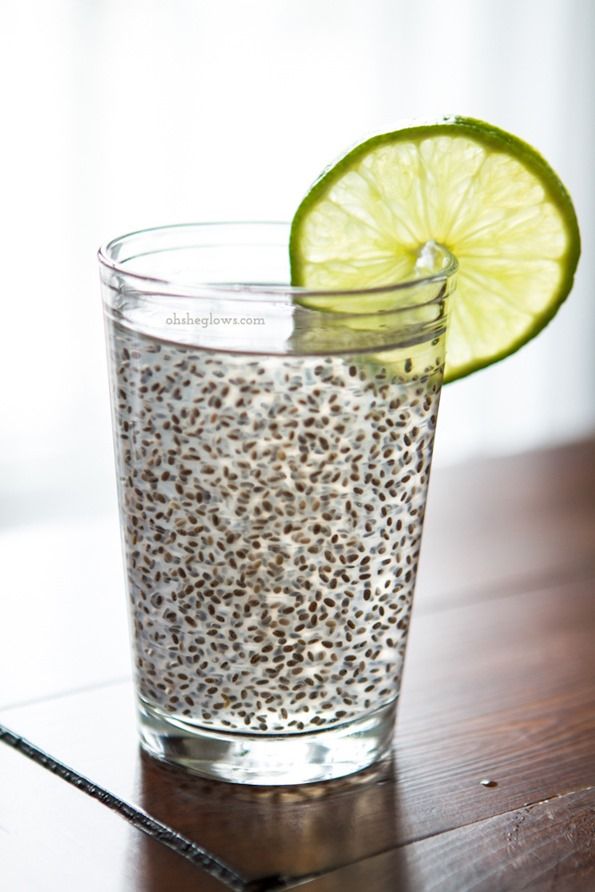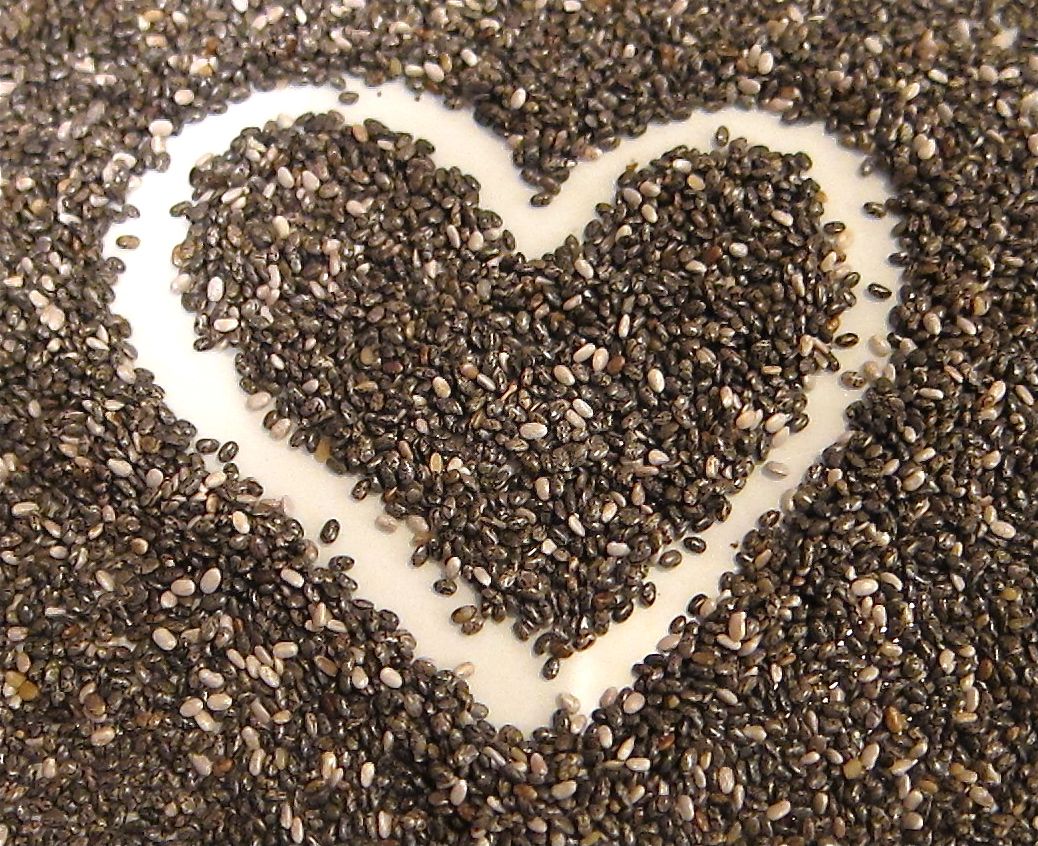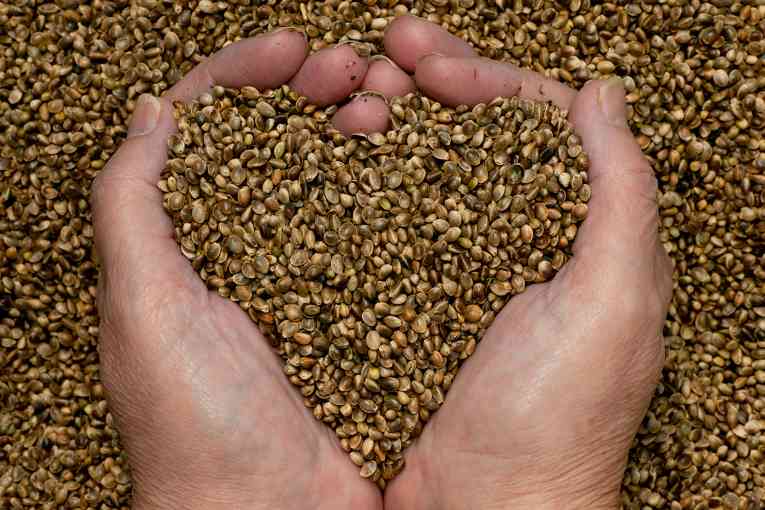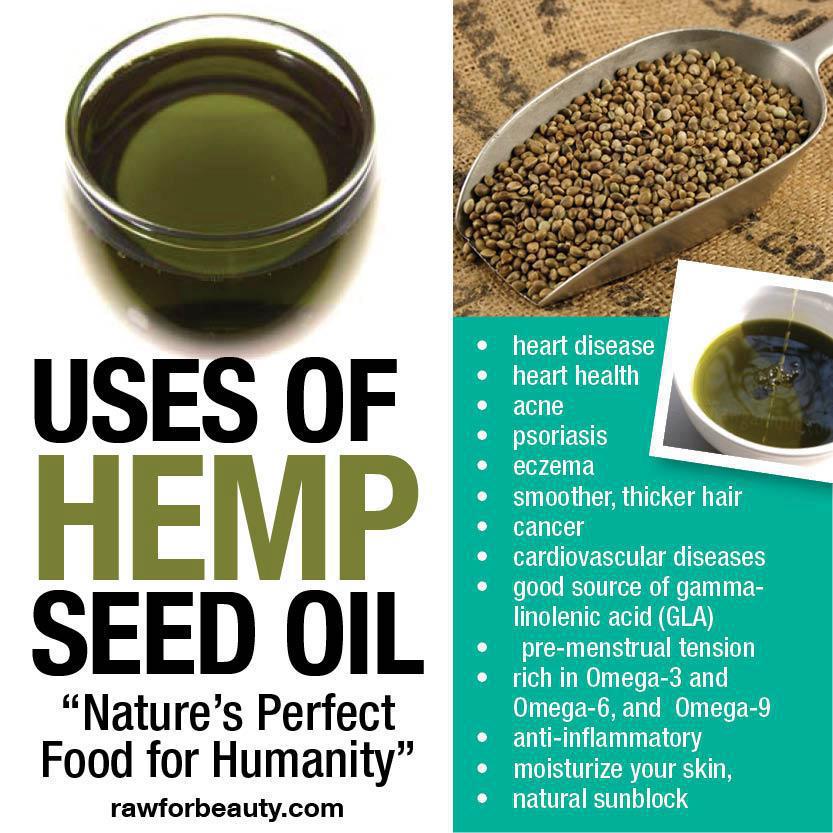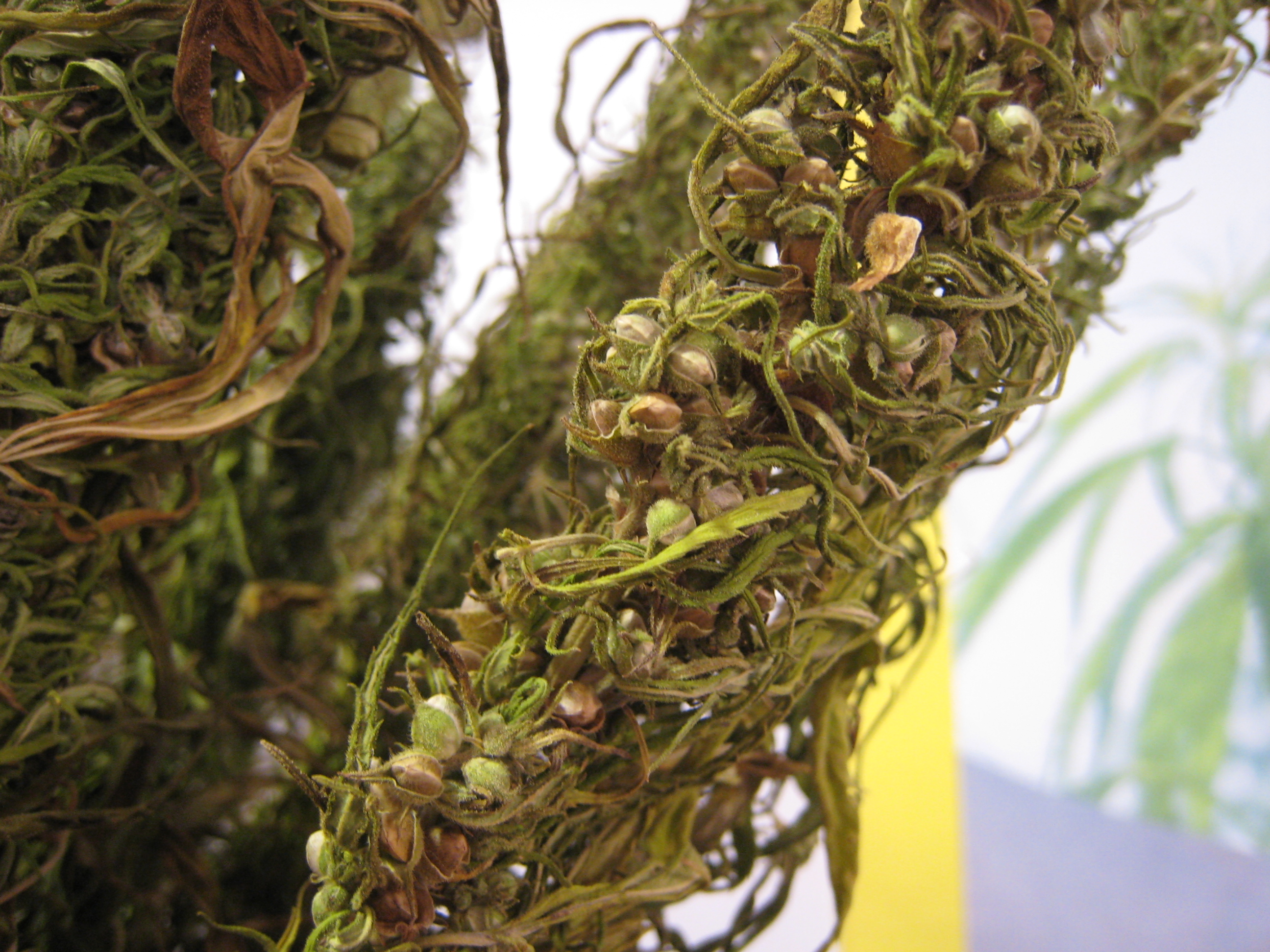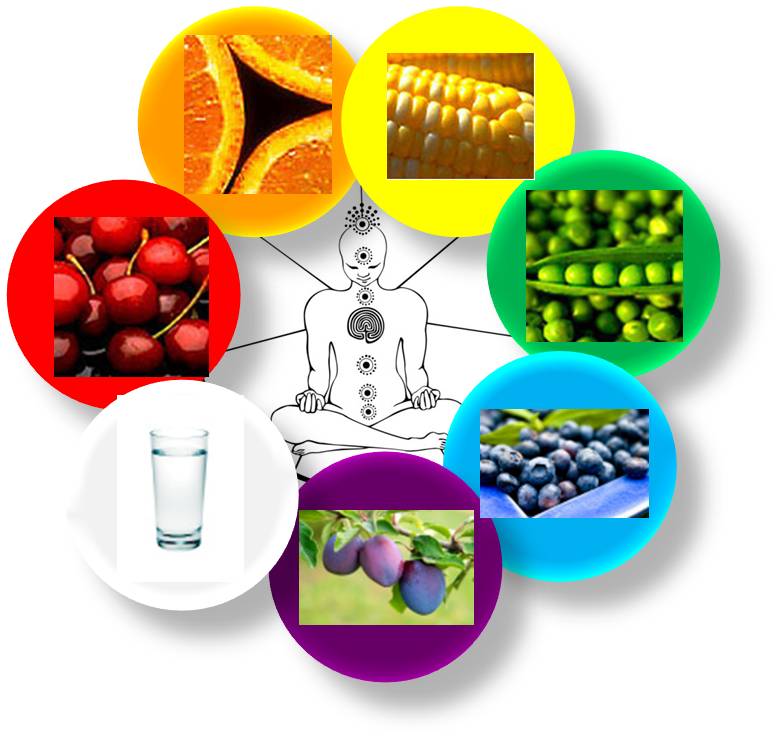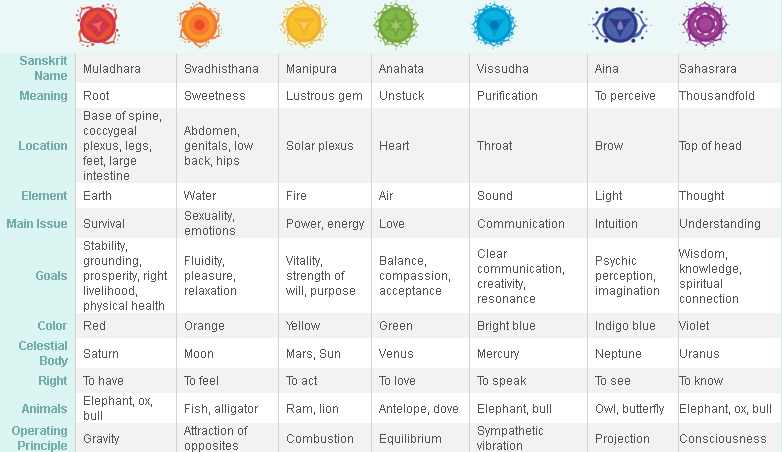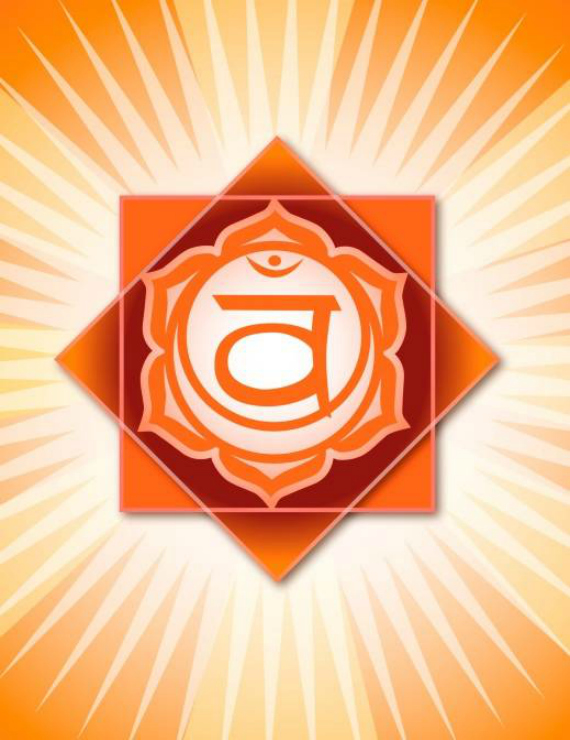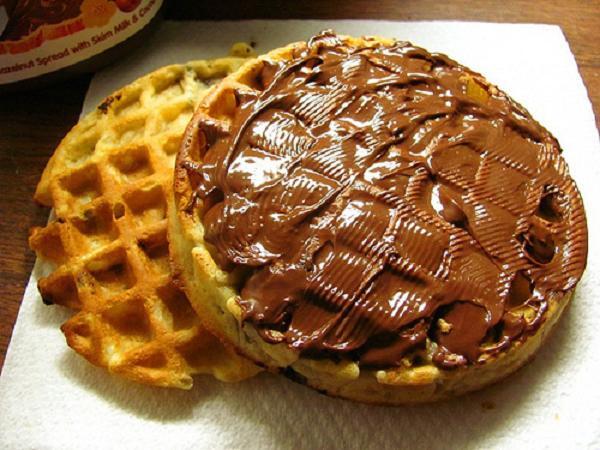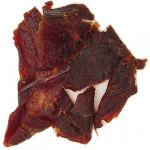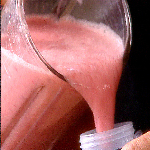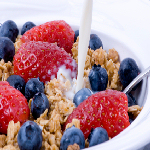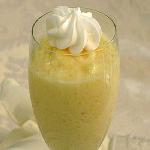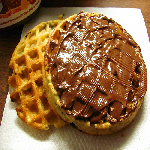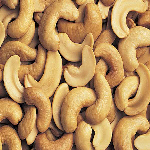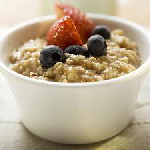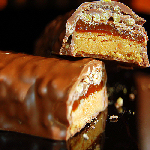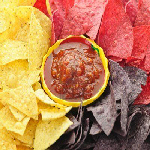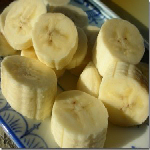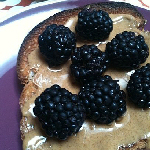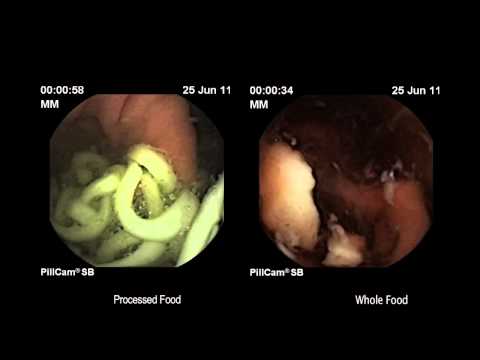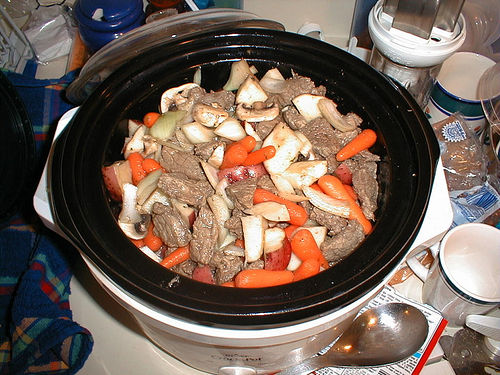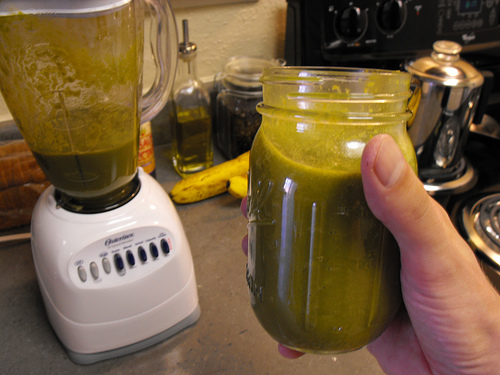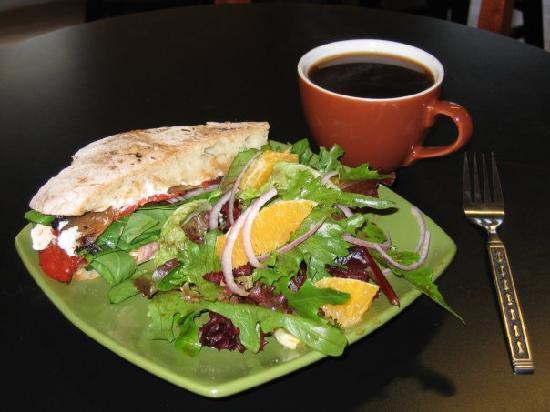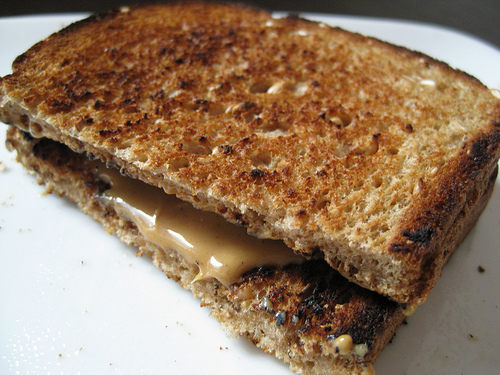
Who came up with the idea that we are supposed to drink orange juice at breakfast? And why, if oatmeal is so good for us, do we eat that only in the morning as well? Nutritionists are starting to realize enjoying the two together is healthier than eating each of them alone.
Epidemiologist David R. Jacobs, Ph.D., of the University of Minnesota calls it food synergy, and he, along with many other nutritionists, believes it might explain why Italians drizzle cold-pressed olive oil over tomatoes and why the Japanese pair raw fish with soybeans.
As researchers work to unravel the complexities of the interactions of the foods we eat, try the most powerful food combinations currently known to science.
1. Tomatoes & Avocados
Tomatoes are rich in lycopene, a pigment-rich antioxidant known as a carotenoid, which reduces cancer risk and cardiovascular disease. Fats make carotenoids more bioavailable, a fact that makes a strong case for adding tomatoes to your guacamole.
“The lycopene in tomato products such as pasta sauce is better absorbed when some fat (e.g., avocado) is present than if the sauce were made fat free.” says registered dietitian Susan Bowerman of California Polytechnic State University.
2. Oatmeal & Orange Juice
A study from the Antioxidants Research Lab at the U.S. Department of Agriculture shows that drinking vitamin C-rich orange juice while eating a bowl of unprocessed oatmeal cleans your arteries and prevents heart attacks with two times as much efficacy than if you were to ingest either breakfast staple alone. The organic compounds in both foods, called phenols, stabilize your LDL cholesterol (low-density lipoprotein, or so-called “bad” cholesterol) when consumed together.
3. Broccoli & Tomatoes
In a recent Cancer Research study, John W. Erdman Jr., Ph.D., of the University of Illinois, proved that the combination shrunk prostate-cancer tumors in rats.
“We know that tomato powder lowers the growth of tumors,” says Erdman. “We know that broccoli does too. And we know they’re better together. But it’s going to take years to find out why.”
4. Blueberries & Grapes
“Studies have shown that the antioxidant effects of consuming a combination of fruits are more than additive but synergistic.” says Bowerman.
A study published in the Journal of Nutrition by Rui Hai Liu, Ph.D., from Cornell University’s department of food science, looked at the antioxidant capacity of various fruits individually (apples, oranges, blueberries, grapes) versus the same amount of a mixture of fruits, and found that the mix had a greater antioxidant response.
5. Apples & Chocolate
Apples, are known to be high in an anti-inflammatory flavonoid called quercetin, especially in their skins. (Note: It’s important to buy organic because pesticides concentrate in the skins of conventionally grown apples.) By itself, quercetin has been shown to reduce the risk of allergies, heart attack, Alzheimer’s, Parkinson’s, and prostate and lung cancers.
Chocolate, grapes, red wine, and tea, on the other hand, contain the flavonoid catechin, an antioxidant that reduces the risks for atherosclerosis and cancer. Together, according to a study done by Barry Halliwell, Ph.D., a leading food science professor at the National University of Singapore, catechins and quercetin loosen clumpy blood platelets, improving cardiovascular health and providing anticoagulant activity. Quercetin is also found in buckwheat, onions, and raspberries.
Susan Kraus, a clinical dietitian at Hackensack University Medical Center in New Jersey, recommends the following combinations: sangria with cut-up apples; green tea with buckwheat pancakes and raspberries; and kasha (roasted buckwheat, made in a pilaf) cooked with onions.
6. Lemon & Kale
“Vitamin C helps make plant-based iron more absorbable,” says nutritionist Stacy Kennedy of the Dana Farber Cancer Institute. It actually converts much of the plant-based iron into a form that’s similar to what’s found in fish and red meats. (Iron carries oxygen to red blood cells, staving off muscle fatigue.)
Kennedy suggests getting your vitamin C from citrus fruits, leafy green vegetables, strawberries, tomatoes, bell peppers, and broccoli, and getting plant-based iron from leeks, beet greens, kale, spinach, mustard greens, Swiss chard, and fortified cereals.
So whether you’re sautéing dark greens or making a salad, be sure to include a squeeze of citrus. You’ll increase your immunity and muscle strength with more punch than by eating these foods separately.
7. Soy & Salmon
According to Mark Messina, Ph.D., professor at Loma Linda University, an isoflavone in soy called genistein inhibits enzymes in the colon and prostate, raising the amount of vitamin D bioavailability in those tissues.
“The higher vitamin D levels may offer protection against cancer,” says Messina. “There is emerging research suggesting that vitamin D reduces cancer risk, and many people don’t get enough of the vitamin. You do make it in your skin, but most people don’t make enough.”
Fish such as salmon and tuna are high in vitamin D, so take a cue from the Asian diet and eat fish with a side of edamame.
8. Peanuts & Whole Wheat
According to Diane Birt, P.D., a professor at Iowa State University and a food synergy expert, the specific amino acids absent in wheat are actually present in peanuts. You need, and very rarely receive in one meal, the complete chain of amino acids (the best form of protein) to build and maintain muscle, especially as you get older.
So enjoy a peanut-butter sandwich right after a workout instead of drinking a terrible gym-rat shake.
9. Red Meat & Rosemary
Grilling over an open flame produces nasty carcinogens, but if you get a little more experimental with your spices, you can temper the cancer-causing effects of the charred flesh.
The herb rosemary, which mixes well with all kinds of grilled foods and contains the antioxidants rosmarinic acid and carnosic acid, was recently shown in a Kansas State University study to lower the amount of the cancer-causing heterocyclic amines (or HCAs) that appear in the charred meat when you grill at temperatures of 375°F to 400°F. It’s thought that the herb’s antioxidants literally soak up the meat’s dangerous free radicals.
10. Garlic & Fish
Minerals such as zinc, iron, copper, iodine, and selenium work as cofactors to make the best use of the natural anti-inflammatory and cholesterol-reducing fish oils EPA and DHA.
Cooking your fish with garlic lowers your total cholesterol better than eating those fillets or cloves alone. A study at University of Guelph, in Ontario, found that garlic keeps down the small increase in LDL cholesterol that might result from fish-oil supplements.
11. Eggs & Cantaloupe
According to Kennedy, a very basic food synergy is the concept of eating protein with foods that contain beneficial carbohydrates, which we need for energy. Protein, Kennedy reminds us, slows the absorption of glucose, or sugar, from carbohydrates.
Cut as many bad carbs (i.e., anything white, starchy, and sugary) as you want. But when you eat healthful carbs (whole grains, fruit, vegetables), don’t eat them on their own.
12. Almonds & Yogurt
We already know that good fats help increase lycopene absorption. But did you know that many essential vitamins are activated and absorbed best when eaten with fat?
Vitamins that are considered fat-soluble include A, D, and E. Carrots, broccoli, and peas are all loaded with vitamin A and should be paired with a healthy fat such as the kind found in olive oil. Vitamin D—rich products include fish, milk, yogurt, and orange juice.
So toss some almonds into your yogurt, eat full-fat dairy foods, and pair your morning OJ with a slice of bacon. To get the most vitamin E with fat-soluble foods, try baked sweet-potato slices or spinach salad topped with olive oil.
> Powerful Food Combinations | Men’s Health



